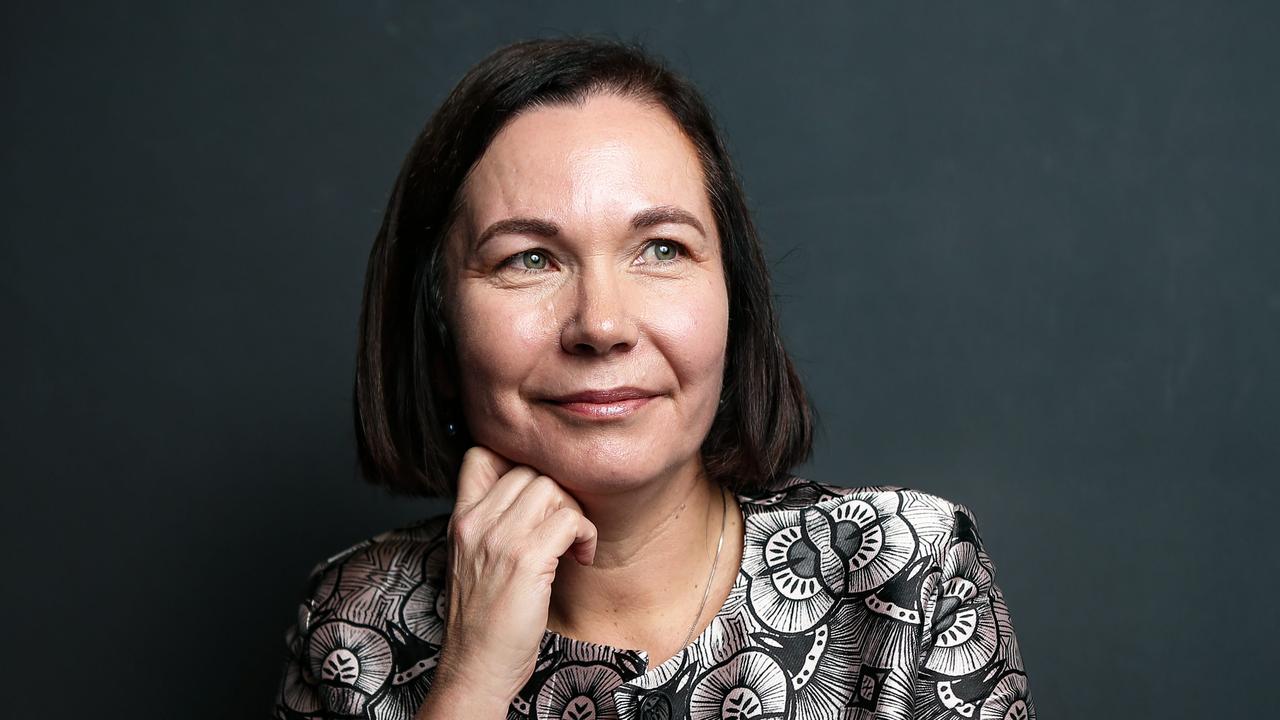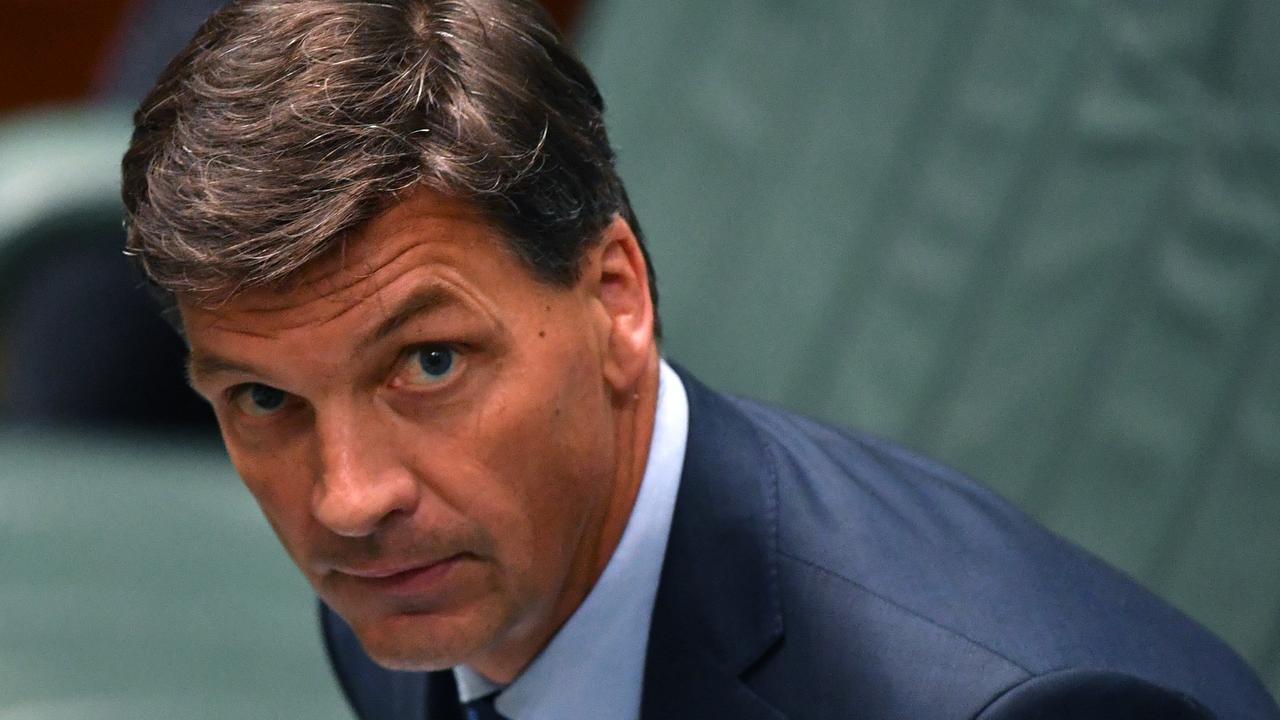CSIRO scientists cited on climate doomsday
JULIA Gillard has painted an alarming scenario of rising sea levels, a shift in Australia's tropical climate and failure of infrastructure.
JULIA Gillard has painted an alarming worst-case scenario of rising sea levels, a big shift in Australia's tropical climate south and the widespread failure of urban infrastructure to inject urgency into the argument for a carbon tax.
The doomsday picture is cropped from the raft of reports commissioned by government and underpinned by a CSIRO website showing the rising atmospheric carbon levels.
For sea-level rises, the Prime Minister settled on the upper limit of one metre put forward by the federal government's chief climate science adviser, Will Steffen.
Professor Steffen settled on a range of between 50cm and one metre -- well above the recent historical average of 1.7 mm a year between 1900 and 2009 and 3.2mm a year between 1993 and 2009 but below other more extreme predictions.
Professor Steffen said there was uncertainty around the sea-level estimate.
"Critical uncertainties remain, including the rate at which mass is currently being lost, the constraints on dynamic loss of (polar) ice and the relative importance of natural variability and longer-term trends," Professor Steffen said.
To bolster her case, Ms Gillard highlighted a CSIRO report on atmospheric carbon readings from the Cape Grim weather station in Tasmania.
"The data shows that carbon dioxide is now at its highest level in more than a million years," she said.
"It's an unambiguous fact -- carbon dioxide at its highest level in more than a million years, and to tackle climate change we have to cut carbon pollution, we have to cut those carbon dioxide levels, with that carbon dioxide generated overwhelmingly by human activity."
In fact, while the Cape Grim data goes back only 800,000 years, scientific literature says global atmospheric carbon is at its highest level for almost 20 million years.
"What this science is telling us is if we look to the days before the industrial revolution, before the industrial era, if we look, say, to the year 1800, at that time carbon dioxide was 280 parts per million," Ms Gillard said.
"Now, in late 2010 . . . carbon dioxide is 387 parts per million.
"That's an increase of almost 40 per cent, which the CSIRO says is largely due to human activity."
Ms Gillard said the advice to government was that, left unchecked, increased atmospheric carbon could lead to average temperature rises of 2.2 to more than five degrees Celsius by 2070.
"Now this is a huge challenge," Ms Gillard said.
"It means the number of extreme heat days in Australia will increase with all of the stress that that puts on the young and elderly."
The range of temperature increases reflects scientific uncertainty about the extent to which rising global temperatures will become self-reinforcing, creating the environment for more rapid temperature increases.
In his advice to government in the Climate Commission's Critical Decade report, Professor Steffen said reducing emission of CO2 does not reduce or stabilise its concentrations in the atmosphere, it slows the rate of increase of CO2 concentration.


